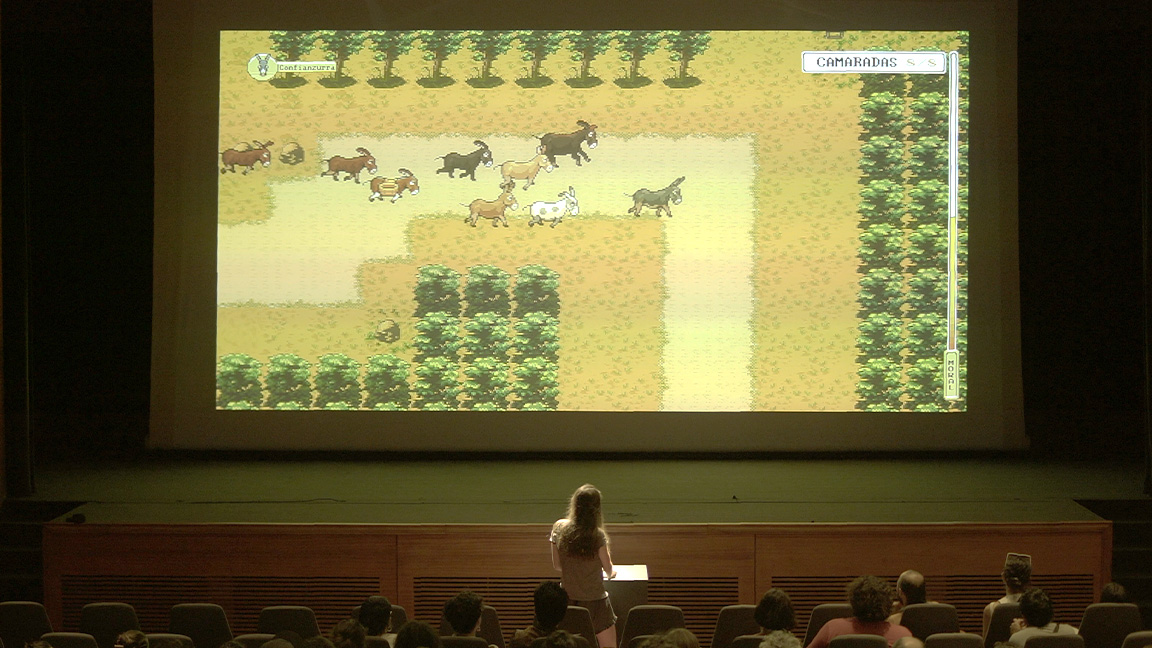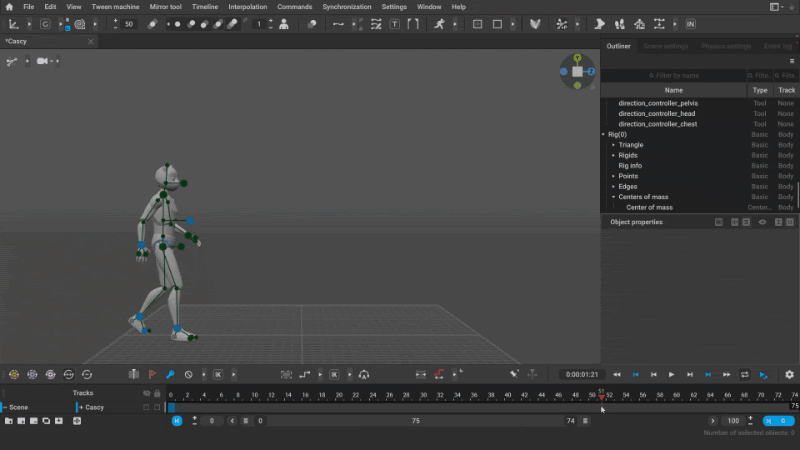
UXDESIGN.CC
What Greek mythology can teach us about the dangers of AI
How the myths of Prometheus and Pandora expose the price of unchecked ambition, hubris, and curiosity in the pursuit of innovation.Prometheus Bound and the Oceanids (187279) | Photo by Christian Paul Stobbe onUnsplashLong before the rise of Silicon Valley and neural networks, the ancient Greeks were already grappling with questions about technology, power, and unintended consequences. Their myths, filled with symbolism, offer striking parallels to the dilemmas we face todayespecially in regards to artificial intelligence (AI). Two stories in particular, those of Prometheus and Pandora, reflect the dual nature of innovationand its capacity for promise andchaos.The price of firea Titans gift and a godsrevengeAs the story goes, Prometheus, the Titan of foresight, defied Zeus, the king of the Greek gods, by stealing fire from the heavens and giving it to humankind. He wasnt driven by rebellion, but by empathy. Humans, at that point, were defenselesssubject to natures indifference. Fire changed everything. It allowed early humans to cook food, forge tools, build homes, and ultimately, to form civilizations. Fire was more than a flameit was the first technology.But to Zeus, this was an unforgivable act. Fire represented divine authoritya power not meant for mortals. By handing it over, Prometheus shifted the cosmic balance. For this, he was chained to a rock, his liver devoured daily by an eagle in a cycle of eternaltorment.In response to Prometheuss defiance, Zeus devised a subtler punishment for humankind. He crafted Pandoraa beautiful, charming, and, most notably, curious womanand sent her to Prometheuss twin brother, Epimetheus, whose name quite literally means afterthought. She brought with her a sealed jar (often mischaracterized as a box) containing the afflictions of theworld.Naturally, she opened it. Out came disease, fear, greed, and despairthe only thing left inside was hope. Some believed the hope was a gift, meant to help humans endure. Others saw it as a tricka lure to keep opening the jar, only to unleash morechaos.Pandora (1861), by Pierre Loison (18161886) | Source: https://simple.wikipedia.org/wiki/PandoraForesight vs. hindsightthe struggle weinheritThough this ancient mythos is thousands of years old, it feels more relevant than ever. We innovate like Prometheusdriven by empathy and the thrill of possibility. We accept the gifts it brings like Epimetheusblind to its consequences. And we open the jar like Pandoraunable to resist the lure of theunknown.Each new product launch, update, and shiny beta release becomes another jar cracked open, filled with promises we barely question and consequences we rarely anticipate.Our pursuit of AI isnt rooted in malice, but in wonder, ego, and hubristhe ancient flaw of overreaching without regard for consequencewithout always pausing to consider where that momentum might lead us. Noble intentions do little to prevent collateral damage.Algorithmic bias, mass surveillance, disinformation, cognitive atrophy, job displacement, dehumanized creativitynone of these are deliberately designedat least thats the belief. They leak out, unaccounted for, while we celebrate the brilliance behind the systems that enablethem.By the time we start to grasp the consequences, the damage will be manifesting, embedded in the culture, too vast to contain. We will scramble to regulate after the factas if taping the jar shut will undo whats been released.In the meantime, we will continue to reward disruption over discernment, handing over the reins of society to AI systems that not only influence who gets hired or heard, but reshape our perception of truth, rewrite cultural norms, and silently redraw the boundaries of powerthrough processes so complex and unaccountable, even their creators have lostcontrol.Hope in themachine?Pandoras jar held hope. In the context of AI, hope feels like a marketing strategy. Yes, there is potentialmedicine, education, discovery. But the fine print is rarely discussed. The trade-offsprivacy, autonomy, human agencyarent just bugs. Theyre fundamental features of the systems were building.And still, we hope. We hope AI will be different. We hope regulators will get it right. We hope the architects of our digital dependence will suddenly pivot toward virtue. Thats a lot of hope for a world that cant agree on what truthis.Image source: https://thehistorianshut.com/2018/01/03/pandoras-box-was-actually-a-jar/The crossroads of innovationWe like to think weve outgrown the mythsthat were too advanced for gods, too rational for cautionary tales. But the stories of Prometheus and Pandora persist for a reason. They werent warnings against knowledge or progress, but reflections of a deeper truththat human ambition rarely arrives without unintended cost.AI is the latest expression of that ambition. Not a single moment of invention, per se, but an accelerating accumulation of choicesmade by people, driven by incentives, and deployed at scale before their impact is fully understood. We marvel at what it can do, while struggling to measure what it might undo. This should scare the hell out ofus.If theres hope leftif that part of the myth still holdsit wont come from innovation alone. It will come from restraint, from oversight, from the courage to slow down in a culture obsessed with progress. The Greeks didnt tell these stories to stop innovation. They told them so we wouldnt forget the cost of charging ahead without lookingback.Dont miss out! Join my email list and receive the latestcontent.What Greek mythology can teach us about the dangers of AI was originally published in UX Collective on Medium, where people are continuing the conversation by highlighting and responding to this story.
0 Комментарии
0 Поделились
98 Просмотры












